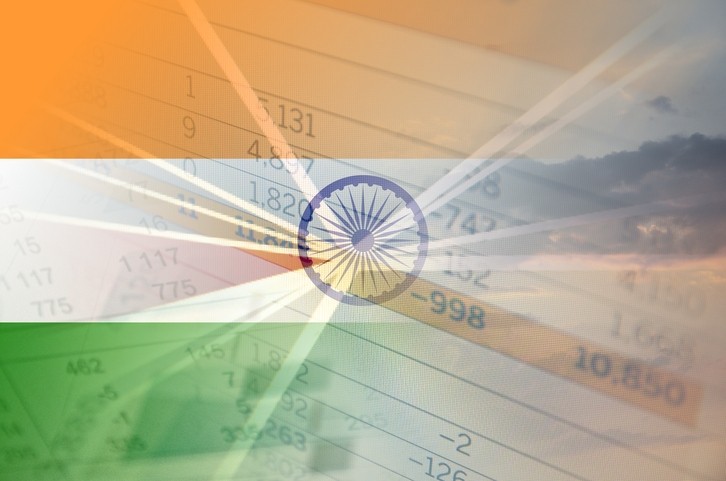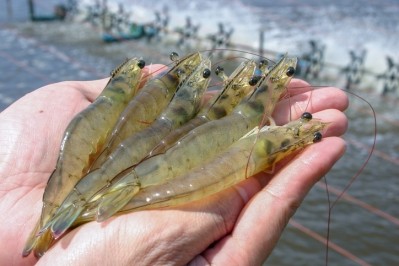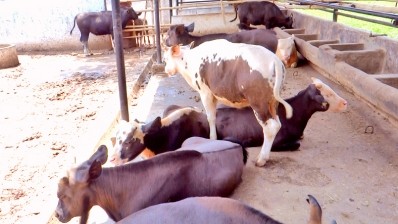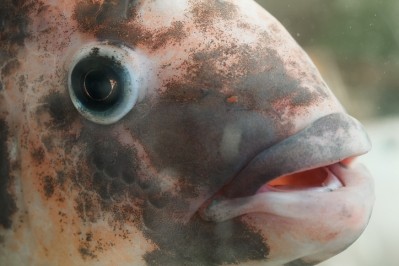Cargill invests $10m in first fish feed mill in India

The move is an indication, said Cargill, of its increasing level of commitment to the aqua feed business both in that market and throughout Asia.
The mill was acquired from Mulpuri Foods and Feeds. It is strategically located in the Andhra Pradesh region, the principal area for aquaculture production in India. The mill will serve farmers across Andhra, Tamil Nadu, Odisha and Bengal.
The agribusiness giant currently works with toll millers in the region, selling about 30,000 tons of fish feed a year. The new plant, with a capacity of 90,000 tons per year, will enable it to triple its fish feed capacity in India.
Cargill said India farmers can now access feed based on "groundbreaking research into fish health and sustainable innovations."
Huge potential for aquaculture development
India offers a huge potential for aquaculture development, according to an April 2017 publication from the Netherlands Enterprise Agency, RVO, evaluating opportunities for Dutch feed companies.
That agency noted how the country experienced an 11-fold increase of fish production over the past six decades.
The RVO analysts said, however, there is a need for higher quality feed to increase aquaculture production in India, as in other emerging countries. The Indian aquaculture industry also requires quality fish seed, preferably from disease resistant species that grow fast, and quality hatcheries, they wrote.
“Enabling a reduction in feed costs, for instance through high-quality feed, while stimulating good growth will increase margins for farmers.”
Sustainability issues are a concern with farmers that lack expertise and stock too much fish per tank to achieve a high output, they added. Fish farmers in India need to be made aware of better management practices, particularly those aimed at disease reduction, said the market experts.
Globally, India now takes second position, after China, in terms of annual fisheries and aquaculture production, according to data from the UN’s Food and Agriculture Organization (FAO).
Total aquaculture production in 2012-2013 was 4.21m tons. This quantity is almost fully consumed on the domestic market, except for shrimps and freshwater prawns, which are mainly exported.
The country has a coastline of 7,517 km and an extensive river and canal system of about 195.210 km, consisting of 14 major rivers, 44 medium rivers and numerous small rivers and streams. In addition, pond and tank resources are estimated at 2.36m ha.
Shrimp feed demand
Last year, we reported on the growth of shrimp farming in India and a report from the US Department of Agriculture (USDA) that found demand for shrimp feed in India has grown with the spurt in cultured shrimp production there during the last few years. Shrimp feed sales volume in 2015 was estimated at around 800,000 MT, said the USDA citing industry sources.
“Extruded floating feed has become more popular with farmers than pelleted feed. Its advantages include better feed conversion ratio, improved digestibility, and near-zero wastage. According to industry estimates, the total current production capacity for shrimp feed manufacturing is around 1.33m MTs per annum. Shrimp farms generally get feed conversion ratios ranging from 1.4:1 to 1.8:1."








